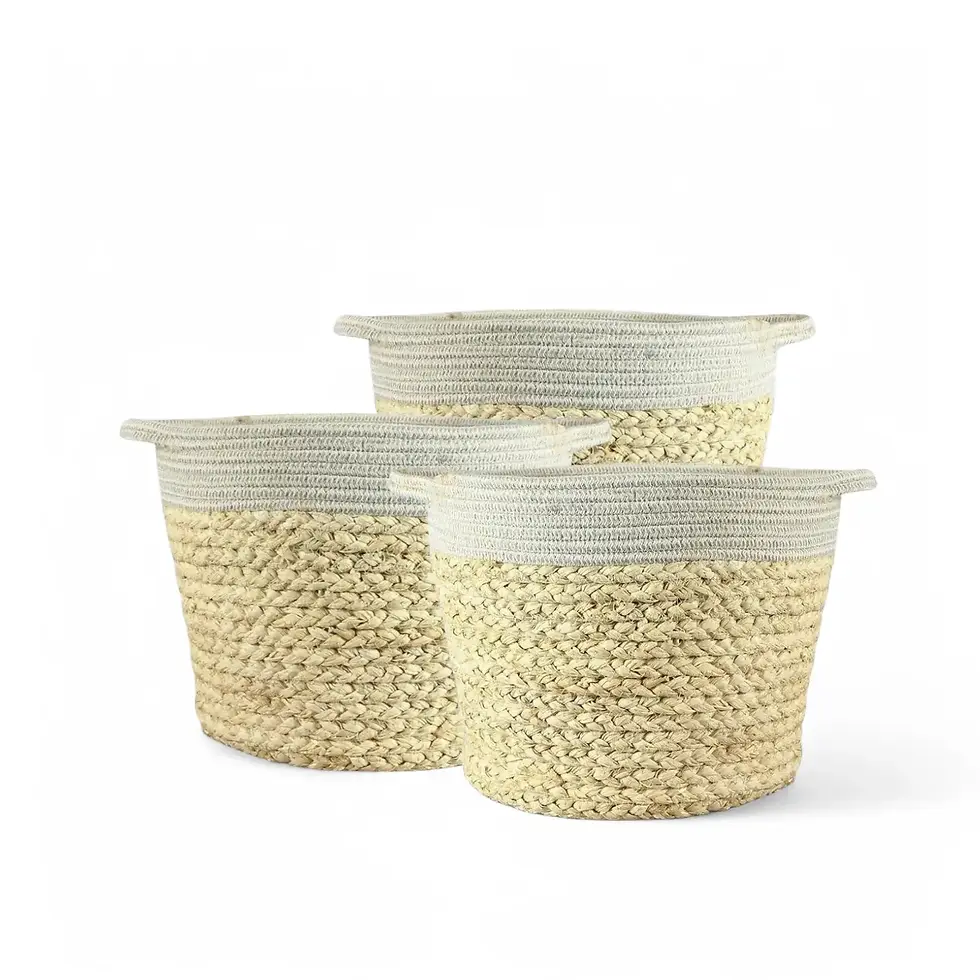Alocasia beccarii – Compact and Rare Alocasia
Alocasia beccarii Engl. is a highly sought-after species, native to northwestern Borneo. This compact forest herb is known for its narrow, elliptic to ovate leaves with a mid-green upper surface and a paler underside. Its thick, leathery foliage adapts to high humidity and warm conditions, making it a unique addition to specialized plant collections. With a mature height of 12 to 28 cm, this Alocasia remains one of the smallest species within its genus, making it particularly well-suited for terrariums or controlled indoor environments.
Foliage and Growth Habit of Alocasia beccarii
- Leaf Shape: Narrowly elliptic to ovate or obovate, slightly elongated.
- Color and Texture: Mid-green on the upper surface, paler underneath, with a thick, leathery feel.
- Growth Habit: Forms a compact clump with short internodes and upright petioles.
What You Need to Know About Alocasia beccarii
- Size: Grows between 12–28 cm in height.
- Natural Habitat: Native to the humid rainforests of Borneo, often growing in rich, well-draining soils.
- Toxicity: Contains calcium oxalate crystals and is toxic if ingested.
- Lifecycle: A slow-growing, evergreen perennial with a rhizomatous root system.
Care Guide for Alocasia beccarii
- Light: Prefers bright, indirect light. Avoid prolonged direct sun exposure.
- Watering: Keep the soil slightly moist but ensure proper drainage to prevent root rot.
- Humidity: Requires high humidity; ideal for terrariums or tropical plant setups.
- Temperature: Thrives in warm environments between 18–27°C.
- Soil: Needs a well-draining mix rich in organic matter such as coco coir and perlite.
- Repotting: Best repotted every one to two years to support healthy root development.
- Fertilizing: Feed with a diluted liquid fertilizer every four to six weeks during active growth.
- Propagation: Can be propagated by dividing rhizomes.
Common Issues and Solutions for Alocasia beccarii
- Leaf Curling: Often a sign of low humidity or inconsistent watering.
- Yellowing Leaves: May result from overwatering or poor drainage.
- Pests: Susceptible to spider mites and thrips; regular inspections and neem oil treatments help prevent infestations.
Additional Notes on Alocasia beccarii
Due to its compact size and preference for high humidity, Alocasia beccarii is an excellent choice for terrariums or indoor plant setups with controlled conditions. Ensuring warm temperatures and stable moisture levels will help maintain healthy foliage and steady growth.
Etymology of Alocasia beccarii
The genus name Alocasia derives from the Greek prefix "a," meaning "without," and Colocasia, referring to a closely related genus. The specific epithet "beccarii" honors Italian botanist Odoardo Beccari (1843–1920), who extensively studied the flora of Borneo.
Frequently Asked Questions About Alocasia beccarii
- Is Alocasia beccarii suitable for indoor growing?
Yes, but it requires high humidity and warm temperatures. It thrives best in a terrarium or a controlled indoor environment. - How can I increase humidity for my Alocasia beccarii?
Use a humidifier, group plants together, or place it on a pebble tray with water to maintain moisture levels. - Why are my Alocasia beccarii leaves turning yellow?
Yellowing can be a sign of overwatering or poor drainage. Ensure the soil is well-aerated and allow it to dry slightly between waterings. - What pests affect Alocasia beccarii?
Spider mites and thrips are common pests. Regularly inspect leaves and treat with neem oil, or use beneficial insects or insecticidal soap if necessary. - Can I propagate Alocasia beccarii?
Yes, propagation is best done by dividing rhizomes during repotting.
Alocasia beccarii
You will receive the plant in the pictures. If there are more options available, please select one to see the relevant plant pictures.
If you require Additional Informationrmation, details or photos of a particular plant, please don't hesitate to contact us, we are happy to help.
The first picture is always a representative picture.

























































